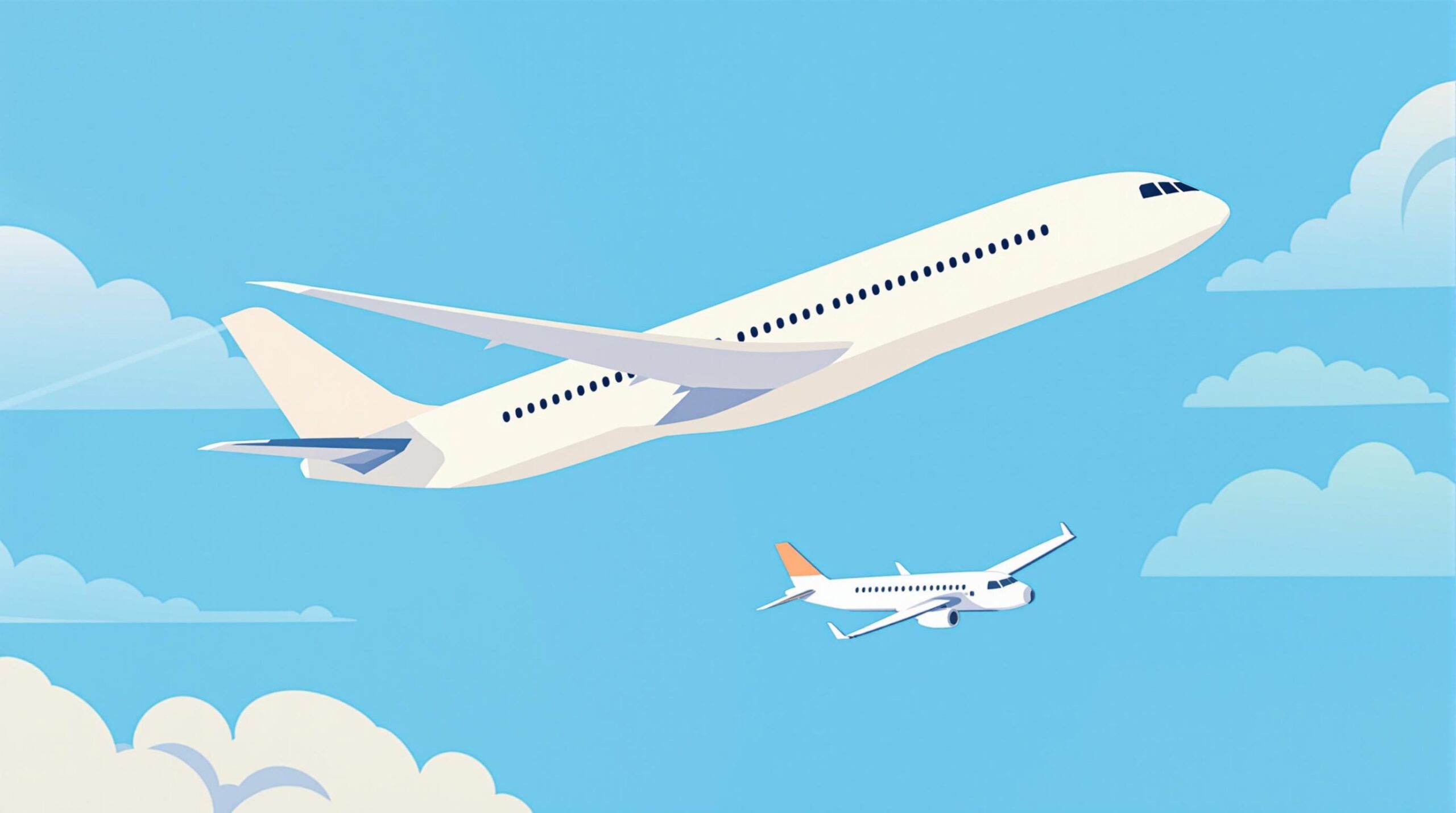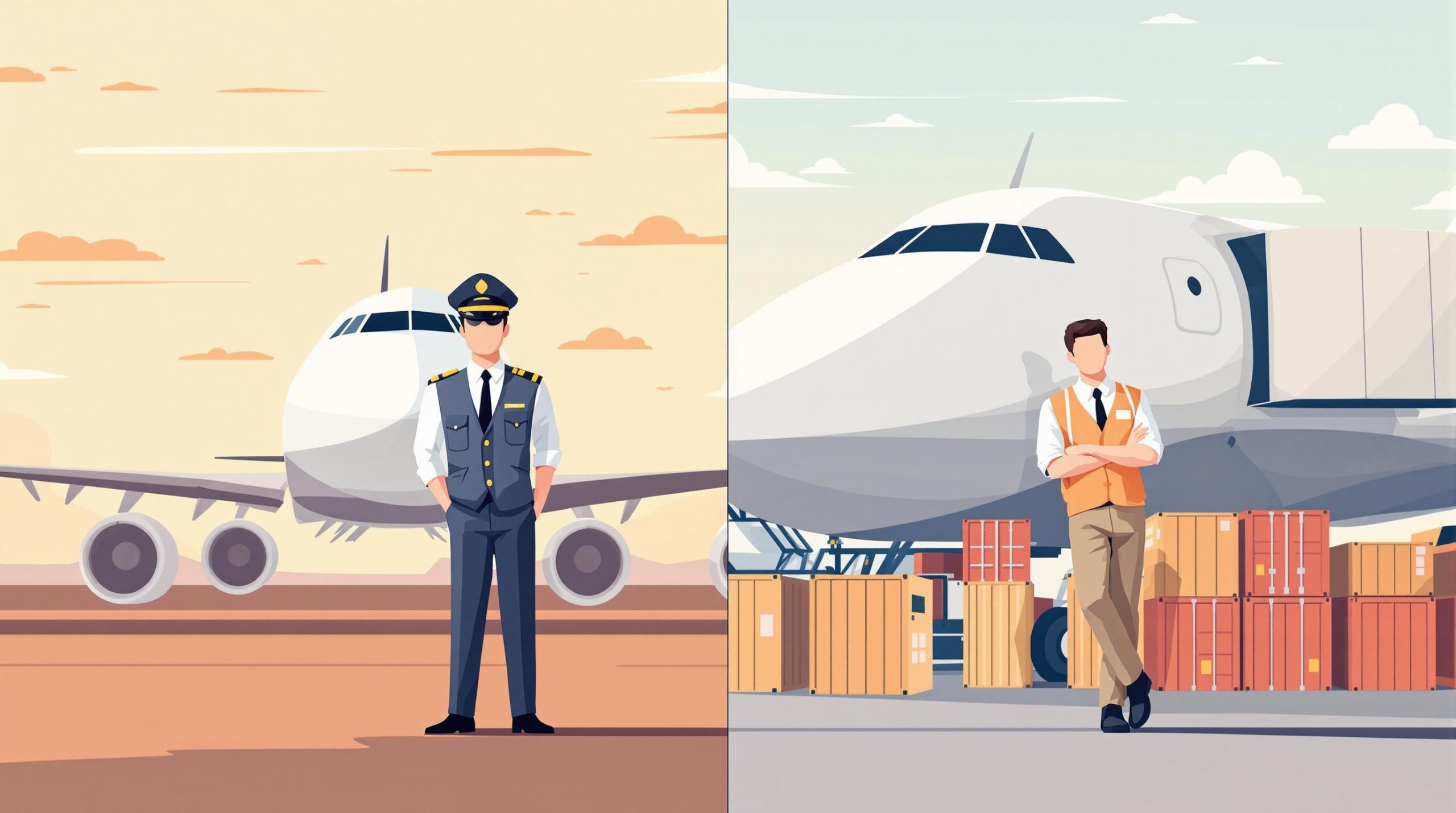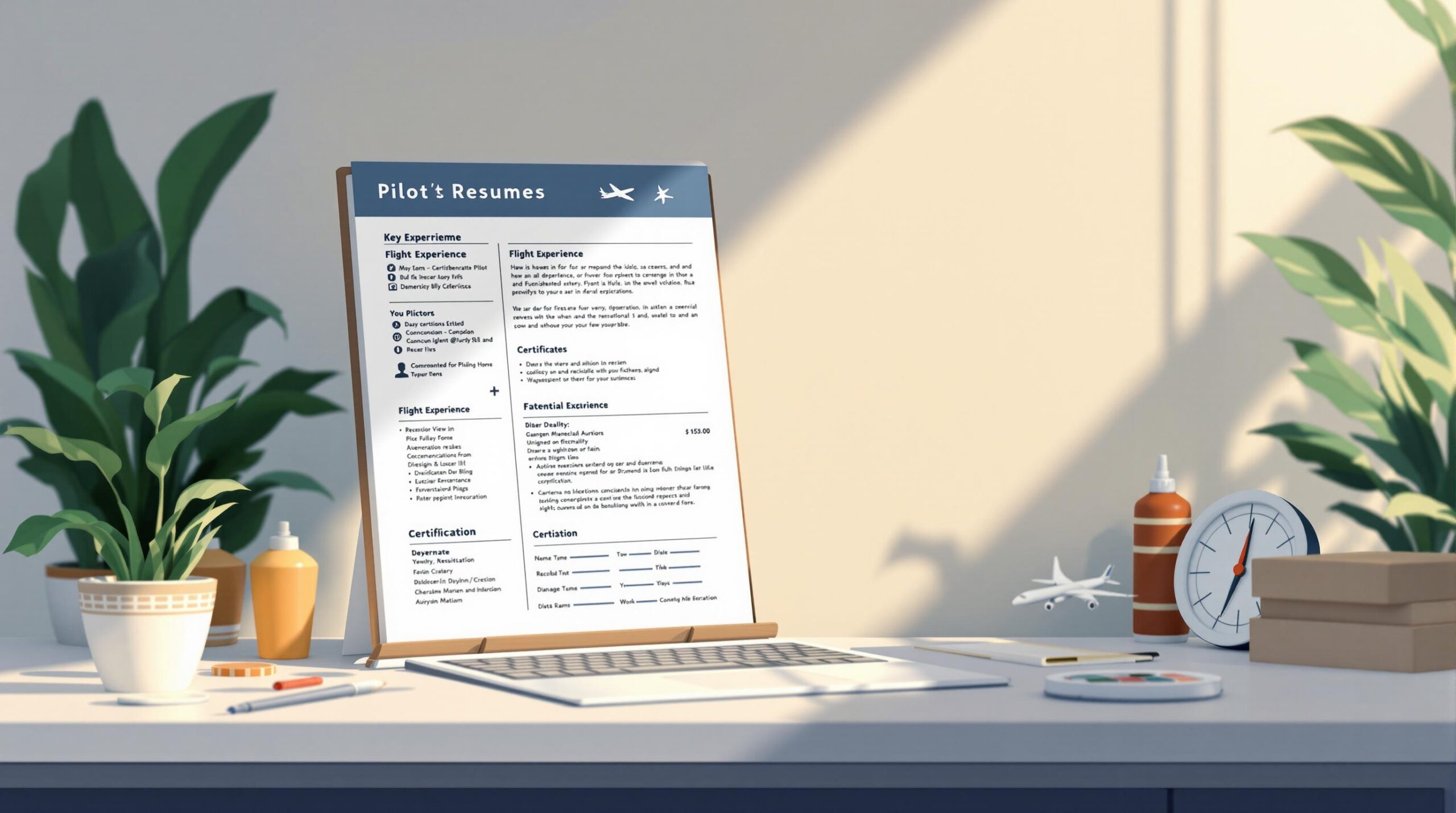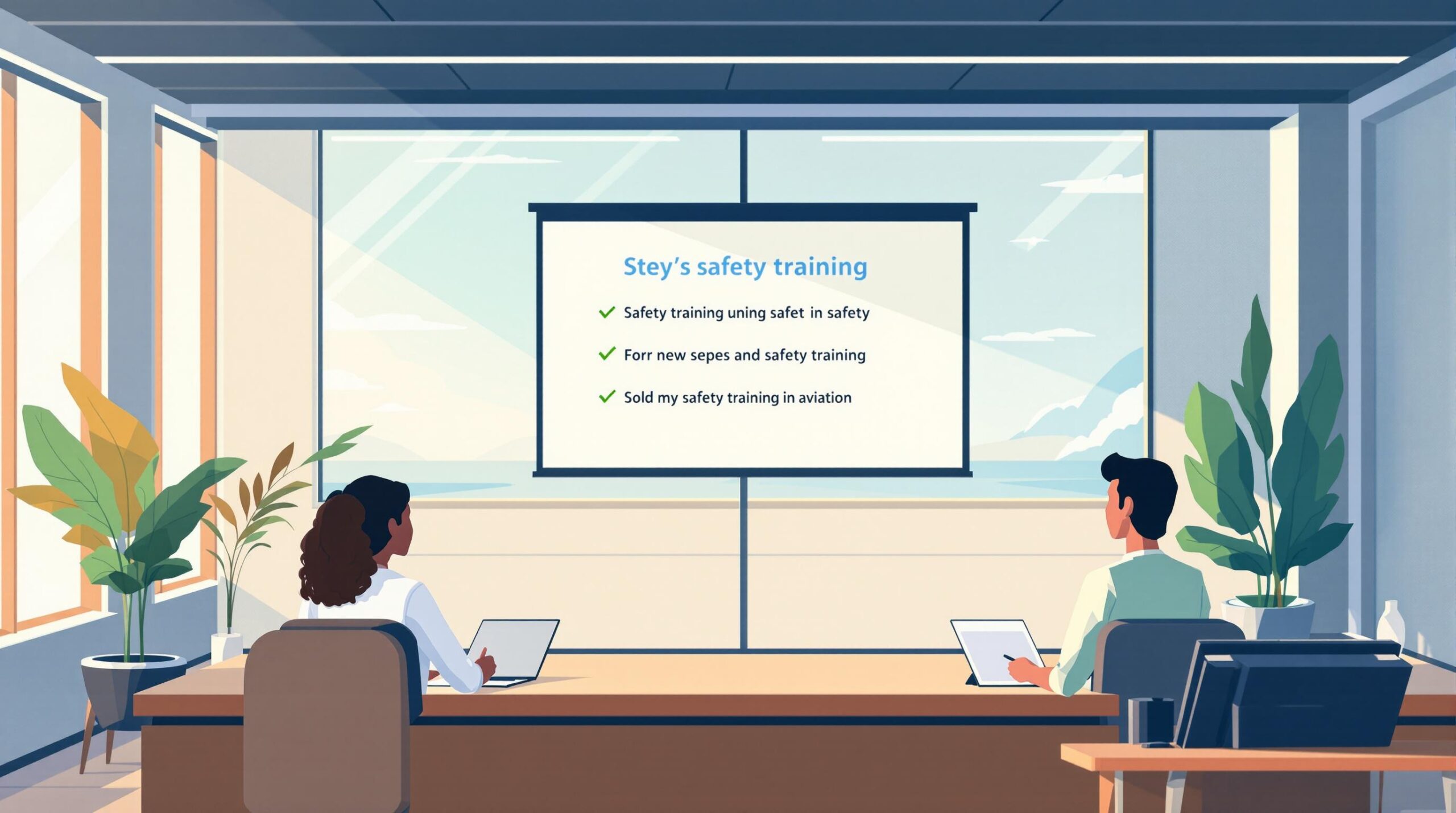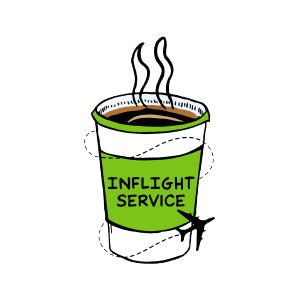Choosing between flying widebody and narrowbody aircraft can shape your career as a pilot. Here’s a quick breakdown of the key differences:
- Pay: Widebody pilots earn significantly more, especially at senior levels. For example, a 12-year Captain on a widebody can make up to $418,500 annually, compared to $335,700 on a narrowbody.
- Routes: Narrowbody aircraft are used for shorter, regional routes, while widebody planes handle long-haul international flights.
- Lifestyle: Widebody pilots spend more time away from home but enjoy longer rest periods. Narrowbody pilots often return home more frequently.
- Career Progression: Most pilots start on narrowbody aircraft and move to widebody as they gain seniority. Widebody roles often require more experience and time to upgrade to Captain.
- Training: Widebody planes demand more advanced training due to their complexity and international operations.
Quick Comparison
| Aspect | Widebody Aircraft | Narrowbody Aircraft |
|---|---|---|
| Salary Range | $100,000–$300,000+ | $40,000–$120,000 |
| Routes | Long-haul, international | Short-haul, regional |
| Time Away from Home | 40–50% | More frequent returns |
| Career Path | Slower Captain upgrade | Faster Captain upgrade |
| Flight Duration | 8–15+ hours | 1–5 hours |
Your choice depends on your career goals, lifestyle preferences, and long-term ambitions. Read on to explore how these differences impact pay, schedules, training, and more.
Pay and Benefits by Aircraft Type
Salary Differences: Widebody vs Narrowbody
The type of aircraft a pilot flies has a direct impact on their pay. While entry-level First Officers earn comparable rates, the pay gap grows as pilots gain experience.
For example, at American Airlines in 2024, entry-level First Officers earn US$116 per hour, translating to roughly US$111,000 annually based on 80 flight hours per month .
| Position & Experience | Narrowbody (per hour) | Widebody (per hour) | Annual Difference* |
|---|---|---|---|
| First Officer (12 years) | US$246–255 | US$305 | +US$48,000 |
| Captain (1st year) | US$331–340 | US$410 | +US$67,200 |
| Captain (12 years) | US$360–374 | US$447 | +US$70,080 |
*Calculated at 80 flight hours per month, based on American Airlines rates .
Delta Air Lines shows a similar trend. A 12-year Captain flying a narrowbody A320 earns about US$335,700 annually, while a widebody A350 Captain can earn approximately US$418,500 annually – a difference of around US$82,800 .
"While airline pilot pay depends on seniority and aircraft type, the most senior widebody captains at these airlines can make upward of US$500,000 per year." – Andrew Chen
This base pay is just part of the story. Additional benefits tied to aircraft type can further increase earnings.
Travel Pay and Benefits Overview
Beyond salaries, operational differences between narrowbody and widebody assignments impact travel pay and other perks.
- Per Diem Rates: Pilots at Delta Air Lines receive about US$7,000 annually in per diem payments, with rates varying depending on whether they fly domestic or international routes .
- Duty Time: Widebody pilots typically fly fewer segments but handle longer international flights. This often means extended layovers and additional rest at overseas destinations.
- Career Earnings: While the Bureau of Labor Statistics reported the average pilot salary at US$250,050 in 2023 , senior widebody captains at top airlines can earn far more.
These differences in pay and benefits become more pronounced as pilots climb the seniority ladder.
Career Growth: Widebody vs Narrowbody Paths
How Seniority Shapes Career Progression
Seniority plays a major role in determining career growth for pilots operating widebody versus narrowbody aircraft. At legacy airlines, becoming a widebody Captain often requires being among the top 10–15% on the seniority list.
Widebody career milestones include:
| Position | Estimated Timeline | Key Notes |
|---|---|---|
| Widebody First Officer | 2022–2023 | Entry-level role for new hires |
| Boeing 767 Captain | 2030 | Mid-level widebody position |
| A330/777/787 Captain | 2032 | High-ranking widebody role |
For junior widebody First Officers, reserve periods tend to last longer, which can limit flying opportunities. On the other hand, junior narrowbody Captains usually have more frequent assignments and better access to scheduled flights.
This structure is important when considering whether and when to switch between fleet types.
Switching Between Aircraft Types
Pilots often shift between narrowbody and widebody fleets to align with their career goals. Timing these transitions well requires careful planning and an understanding of airline-specific dynamics. Many pilots who join legacy carriers in their mid-thirties aim to move to widebody fleets during the peak of their careers.
Key factors to consider when switching fleets:
| Factor | Narrowbody to Widebody | Widebody to Narrowbody |
|---|---|---|
| Immediate Effects | Longer reserve periods | Quicker Captain upgrade |
| Schedule | International routes | More frequent, shorter trips |
| Lifestyle | Longer layovers | More time at home |
| Career Path | Delays Captain upgrade | Faster path to command roles |
Market trends and fleet planning also influence when a switch makes sense. Pilots who value international routes and extended layovers often begin their careers on narrowbody aircraft and move to widebody fleets later. This strategy allows them to gain experience early on while keeping their career progression on track.
Fleet transitions are a critical part of long-term career planning, complementing other considerations like pay, lifestyle, and training.
The Differences Between Flying Widebodies & Narrowbodies
sbb-itb-de05b1b
Schedule and Lifestyle Differences
Beyond salary and career opportunities, a pilot’s experience is also shaped by their schedule and lifestyle.
Short-Haul vs Long-Haul Schedules
Flying widebody or narrowbody aircraft can have a big impact on a pilot’s daily routine and overall lifestyle. Widebody flights usually last 8–14 hours , while narrowbody routes are typically 4–9 hours .
Here’s a quick comparison:
| Schedule Aspect | Widebody (Long-haul) | Narrowbody (Short-haul) |
|---|---|---|
| Monthly Flight Hours | 70–75 minimum | 70–75 minimum |
| Days Worked | 15–20 per month | 15–20 per month |
| Time Away from Home | 40–50% | More frequent returns |
| Rest Period | 11+ hours between flights | 11+ hours between flights |
| Trip Duration | Extended international | Multiple shorter segments |
Widebody pilots often spend longer stretches away from home but enjoy extended rest periods between trips. This setup appeals to those who value uninterrupted time off. As one pilot shared:
"While I am gone from home about 50% of the time, when I am home, I am REALLY HOME. No on call bullshit. No thinking about what I need to do tomorrow. Just real disconnection. There is value in that for me." – PilotMDawg
These differences also influence how pilots handle rest and sleep on different routes.
Sleep Patterns and Rest Management
Pilots face unique challenges when it comes to managing sleep. Flight durations and layovers can disrupt sleep quality and daily routines. Research shows that 66.7% of pilots experience irregular sleep patterns, 41.7% report poor sleep efficiency, 29.2% deal with fatigue, and 12.5% struggle with daytime sleepiness .
Widebody pilots often need to adjust to changing time zones, which can throw off their circadian rhythms. Narrowbody pilots, on the other hand, face the challenge of maintaining consistent rest during frequent, shorter flights.
Experienced pilots recommend the following strategies to improve rest:
| Rest Strategy | Tips for Implementation |
|---|---|
| Sleep Environment | Use blackout curtains, white noise machines, and control room temperature |
| Schedule Management | Stick to a consistent sleep routine whenever possible |
| Health Practices | Eat a balanced diet, exercise regularly, and limit caffeine |
| Recovery Techniques | Take short naps and practice relaxation methods like deep breathing |
A pilot’s base location also plays a big role in their work-life balance. As Big_Beach9969 puts it:
"Work life balance is what you make of it"
Living in the same city as their base can make it easier for pilots to maintain regular sleep schedules and spend more time with family.
"A pilot who fits life into his job will be happy; one who fits his job into life will be unhappy." – ToineMP
Training and Skills by Aircraft Type
Required Training Programs
Pay and schedules matter, but mastering an aircraft type requires focused training. Transitioning between aircraft types means adjusting to the specific demands of each. Widebody aircraft, known for their complexity , require more in-depth preparation. This includes advanced simulator exercises, detailed systems training, and experience with operations at major hubs. Narrowbody training, on the other hand, emphasizes standard procedures and effective management for short-haul flights.
| Training Aspect | Widebody Aircraft | Narrowbody Aircraft |
|---|---|---|
| Simulator Sessions | Advanced, scenario-based training | Standard procedural training |
| Systems Training | Detailed instruction on complex systems | Focus on essential systems |
| Airport Operations | Centered on major hub operations | Geared toward regional airports |
Key Operating Differences
The physical design and intended use of widebody and narrowbody aircraft lead to distinct operational requirements. Here’s a breakdown of some key differences:
| Operating Aspect | Widebody Aircraft | Narrowbody Aircraft |
|---|---|---|
| Seating Configuration | Multiple aisles, 7-abreast or more | Single aisle, up to 6-abreast |
| Flight Planning | Designed for long-haul, international routes | Primarily short-haul flights |
| Airport Operations | Operates mainly from major hub airports | Accesses a wider range of regional airports |
The skills needed for each type of aircraft vary greatly. Pilots moving to widebody aircraft must adapt to the demands of long-haul international flights, while those flying narrowbody planes focus on handling frequent, shorter trips. These differences allow pilots to align their training and career choices with the aircraft that best suits their goals.
Conclusion: Making Your Aircraft Type Choice
Quick Comparison Guide
Here’s a side-by-side look at the main differences between widebody and narrowbody operations:
| Aspect | Widebody Aircraft | Narrowbody Aircraft |
|---|---|---|
| Typical Salary Range | $100,000-$300,000+ | $40,000-$120,000 |
| Schedule Pattern | Longer trips, more days off | Daily returns, regular schedule |
| Crew Size | 16+ pilots per aircraft | 10-12 pilots per aircraft |
| Career Timeline | 15-20 years to Captain | Faster upgrade potential |
| Flight Duration | Up to 15+ hours | Typically 1-5 hours |
| Work Environment | Slower pace, longer briefings | Fast-paced, quick turnarounds |
Use the following factors to match these differences to your personal and professional goals.
Factors for Your Decision
Experience Requirements
Widebody operations typically require more flight hours and experience on narrowbody aircraft before transitioning. Strong communication and teamwork skills are essential to manage the demands of larger crews and longer flights.
Lifestyle Considerations
Think about how you handle irregular schedules and extended time away from home. For flights over 11 hours, widebody operations often require two full crews .
Career Growth Potential
The industry anticipates the addition of 8,070 new widebody aircraft by 2045, which points to long-term opportunities. However, reaching the role of widebody Captain often means joining a legacy airline in your mid-thirties.
Financial Planning
While widebody pilots earn higher salaries, be sure to evaluate the full compensation package, including benefits and lifestyle trade-offs .
Operational Preferences
Do you prefer the steady pace of long-haul flights or the high-energy environment of short-haul operations? Narrowbody pilots handle more frequent takeoffs and landings, while widebody pilots log more flight hours per trip .
"An ability to efficiently communicate between crew members sharing the responsibilities, understanding and overcoming cultural barriers is vital for a successful pilot performance." – Captain Gianluca Martini
Pilot Pathfinder: Airline Application Tools

Switching between widebody and narrowbody aircraft can be a complex process, especially when juggling multiple airline applications. Pilot Pathfinder simplifies this challenge with tools designed to support pilots navigating fleet transitions.
The Pro subscription ($29/month) includes features that are particularly useful for pilots comparing widebody and narrowbody opportunities:
| Feature | How It Helps with Fleet Transitions |
|---|---|
| Logbook Integration | Automatically organizes flight hours by aircraft type |
| Application Auto-Fill | Speeds up applications for various airlines and fleet types |
| Military Conversion | Converts military flight experience to meet civilian airline standards |
| Resume Builder | Creates tailored resumes focusing on aircraft-specific experience |
These features work seamlessly with other tools on the platform. For example, the browser plug-in can auto-fill applications, while secure logbook storage keeps track of essential details like aircraft-specific hours, route qualifications, type ratings, and certifications.
For interview prep, Pilot Pathfinder also provides modules tailored to both narrowbody and widebody roles, helping pilots showcase their expertise for specific fleet positions. While the basic version offers free access to core tools, upgrading to the Pro subscription ($29/month) unlocks advanced features that make managing fleet transitions much easier.
